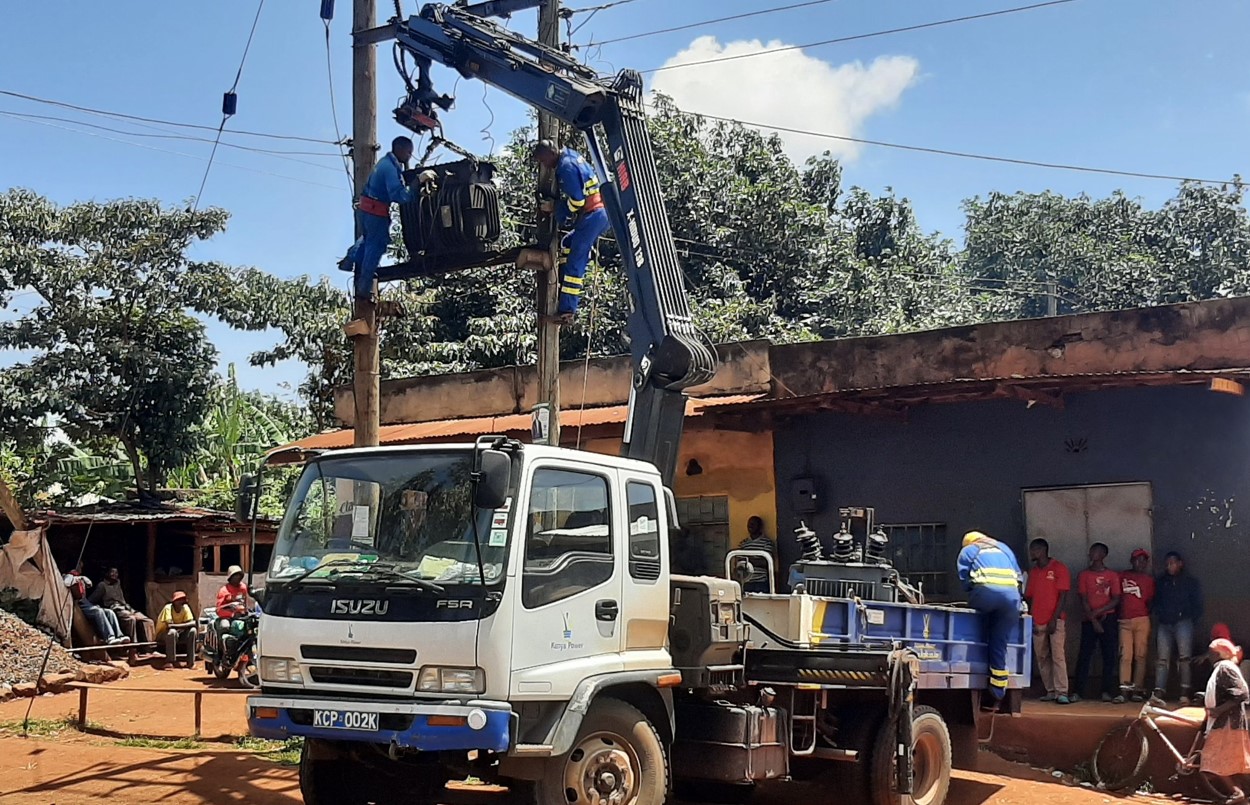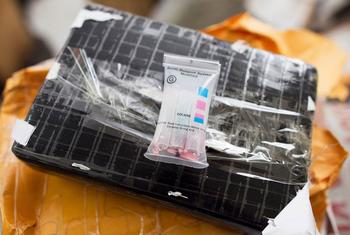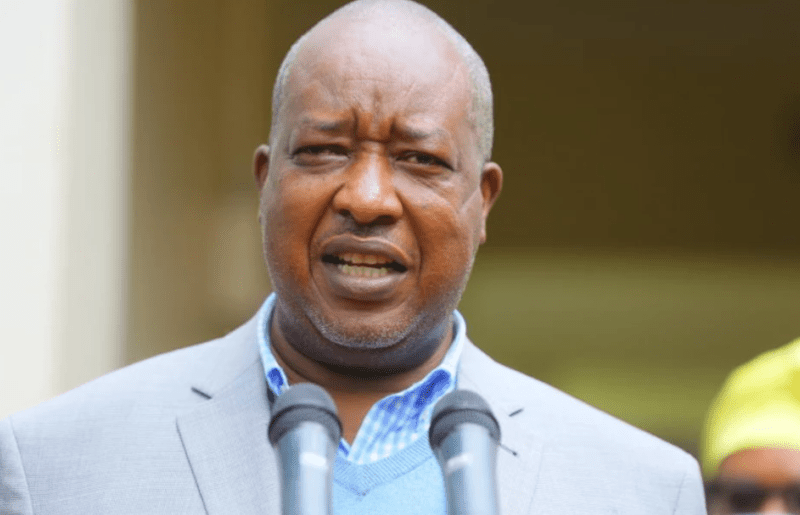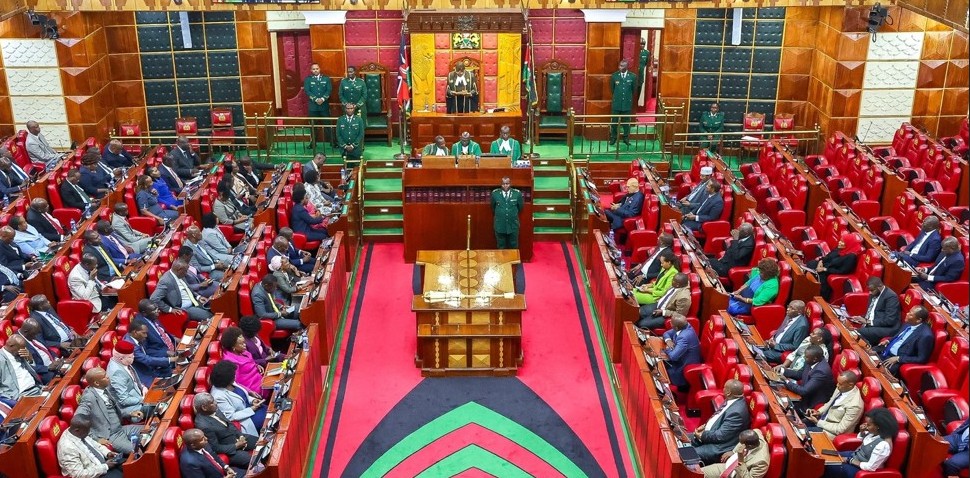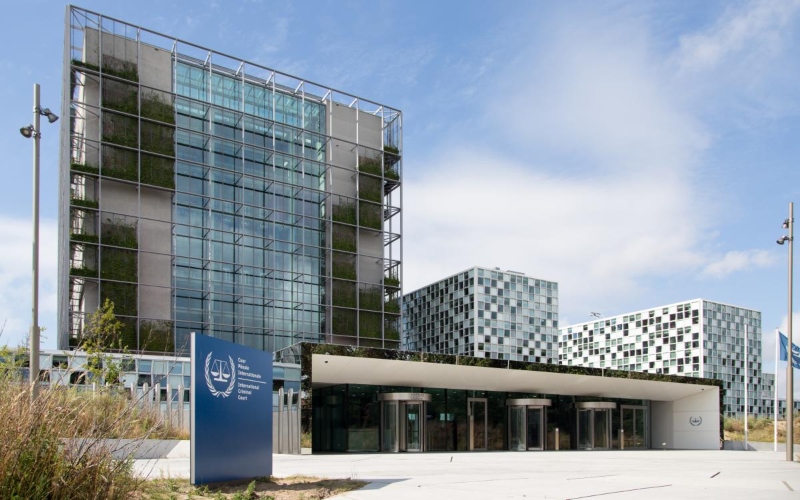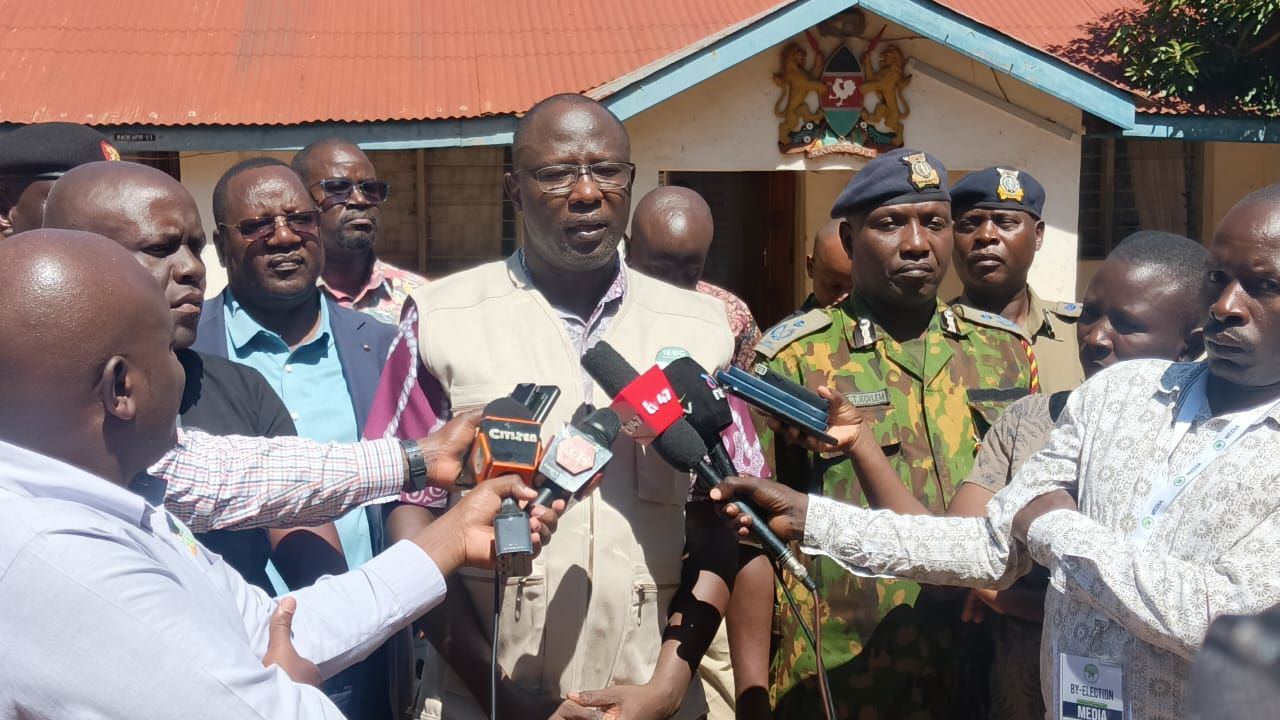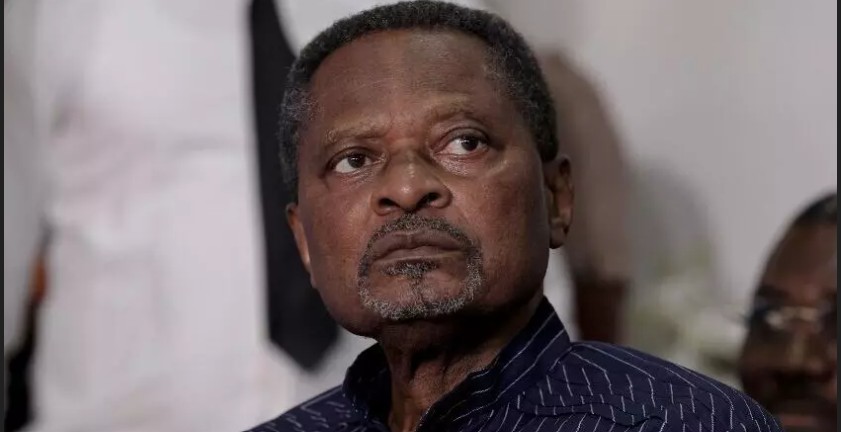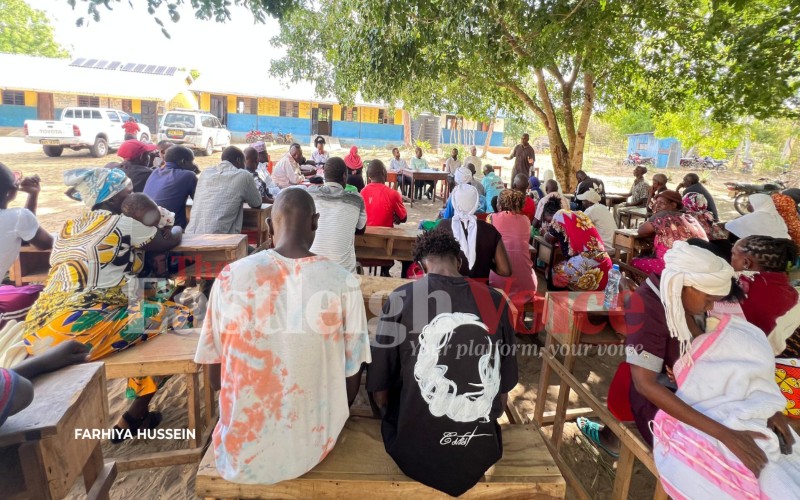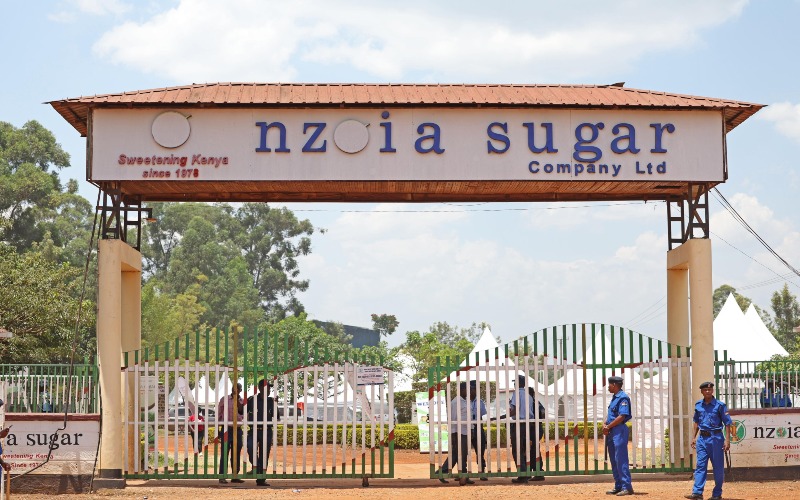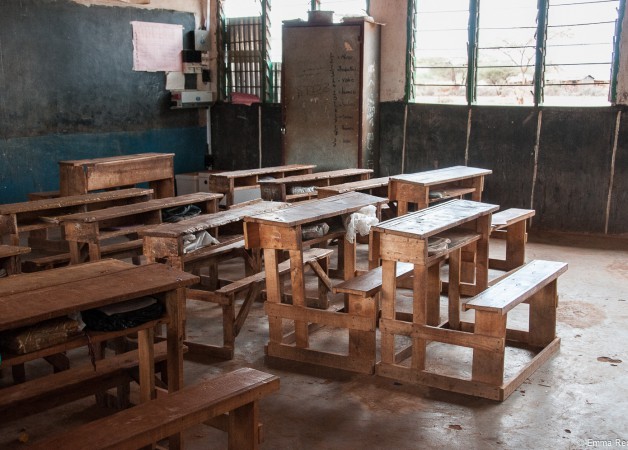State allocates Sh18bn for 18,000 Grade Nine classrooms countrywide
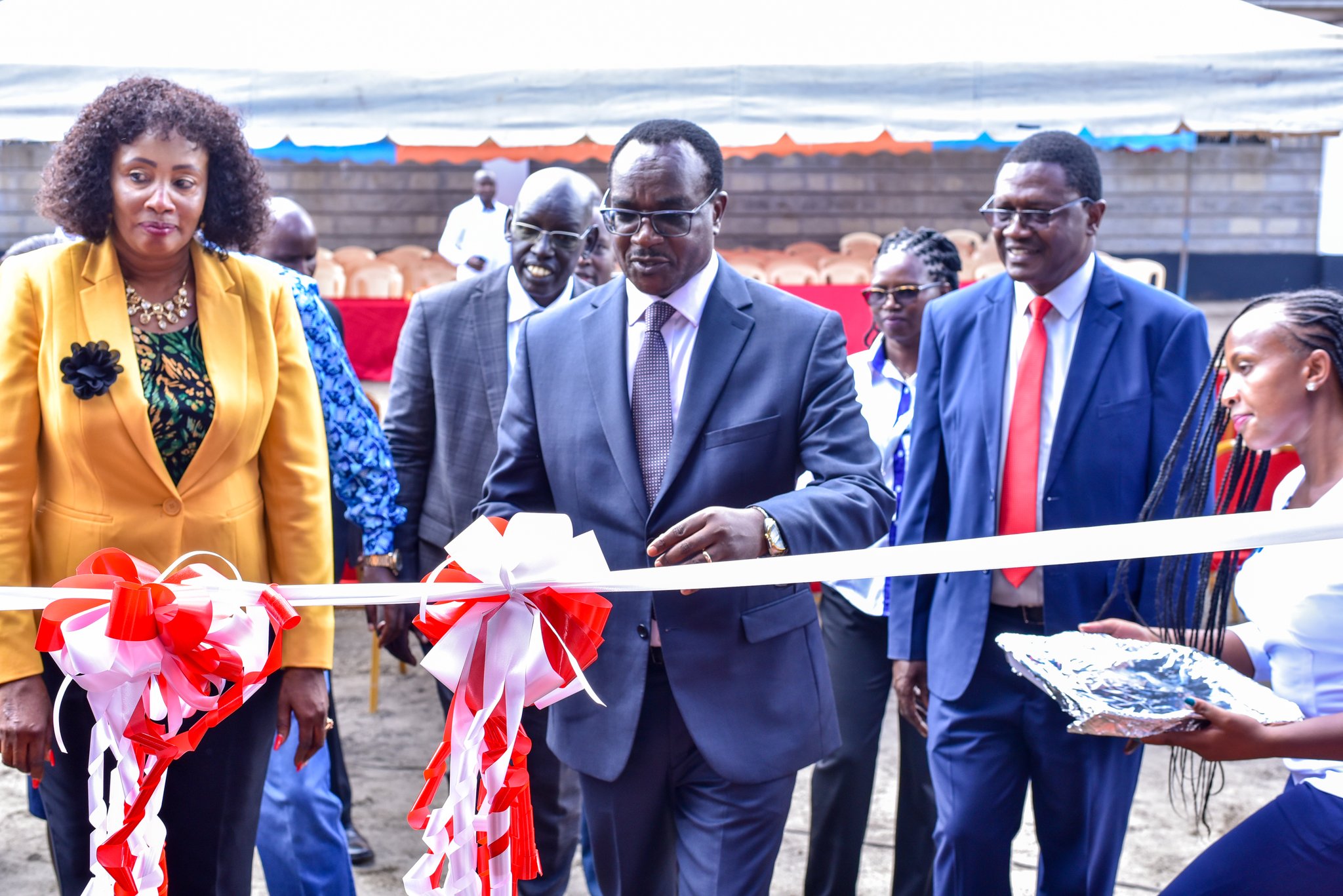
CS Ogamba also revealed that the government has allocated Sh65.2 billion to support free secondary education, Sh35.9 billion for junior secondary schools, and Sh9.36 billion for primary schools.
A total of 18,000 Grade Nine classrooms will be constructed across the country, following the government’s allocation of Sh18 billion for infrastructure development.
This marks an increase from the initial plan of 16,000 classrooms.
More To Read
- Over 30,000 teachers set for senior school curriculum training ahead of 2026 transition
- Primary school heads warn of infrastructure gaps threatening smooth transition to senior school
- No more certificates for Grades 6 and 9 learners under new education policy
- KNEC directs schools to identify gifted Grade 9 students for senior school specialisation
- KNEC gives Kenyans until 2027 to resit KCSE exams before end of 8-4-4 system
- Education Ministry expands senior school curriculum, makes Mathematics compulsory subject
Education Cabinet Secretary Julius Ogamba confirmed that Phase One of the project is complete, with 3,500 classrooms already constructed.
“Phase Two of the programme is set to deliver an additional 7,500 classrooms by 2025,” Ogamba said.
He noted that the National Government Constituency Development Fund (NG-CDF) is also contributing to the initiative by funding the construction of a further 6,800 classrooms, ensuring expanded learning spaces for Grade Nine students.
Ogamba also revealed that the government has allocated Sh65.2 billion to support free secondary education, Sh35.9 billion for junior secondary schools, and Sh9.36 billion for primary schools.
In addition, Sh18 billion has been designated specifically for Grade Nine infrastructure development.
“These investments are critical in addressing gaps and ensuring accessible, inclusive, relevant, and quality education for all learners,” the CS explained.
Needs analysis
To cater to the growing number of students transitioning to Grade Nine, a needs analysis was conducted, revealing a requirement for 16,000 classrooms.
In response, the Ministry of Education expanded its plan to construct 18,000 classrooms, exceeding the initial projections to meet the anticipated demand.
Besides the classes, schools will require essential supplies such as furniture to accommodate the Grade 9 learners.
Kenya Primary School Heads Association chairman, Johnson Nzioka, highlighted the need for desks and chairs, noting their importance in ensuring a smooth transition for students.
CS Ogamba indicated that school heads will be required to purchase the desks and chairs for the ninth graders using part of the capitation sent to schools.
“Every public junior school with learners on NEMIS gets Sh15,043 per learner per year. There is a vote head on repairs and improvement of school infrastructure, which is currently Sh4,000 per learner per year. The Ministry has directed that the money under this vote head for this term be strictly used for the provision of desks and chairs for Grade 9 learners,” the CS said.
However, Nzioka pointed out that many schools have already utilised the disbursed funds, creating a gap in fulfilling the directive.
Nicholas Maiyo, the National Parents Association chairman, expressed concern that the lack of adequate furniture could lead to the exploitation of parents.
He proposed a temporary solution where some secondary schools could share surplus supplies with junior schools when the new academic term begins.
Further, Nairobi Junior School intern representative Boniface Omari said they expect a major surge in classroom workload once schools reopen in January.
Despite the Teachers Service Commission (TSC) indicating it will employ some 20,000 new intern teachers, Omari said, the exercise is facing delays and the teachers could report later than January leaving the current intern teachers with a heavy workload.
Top Stories Today
